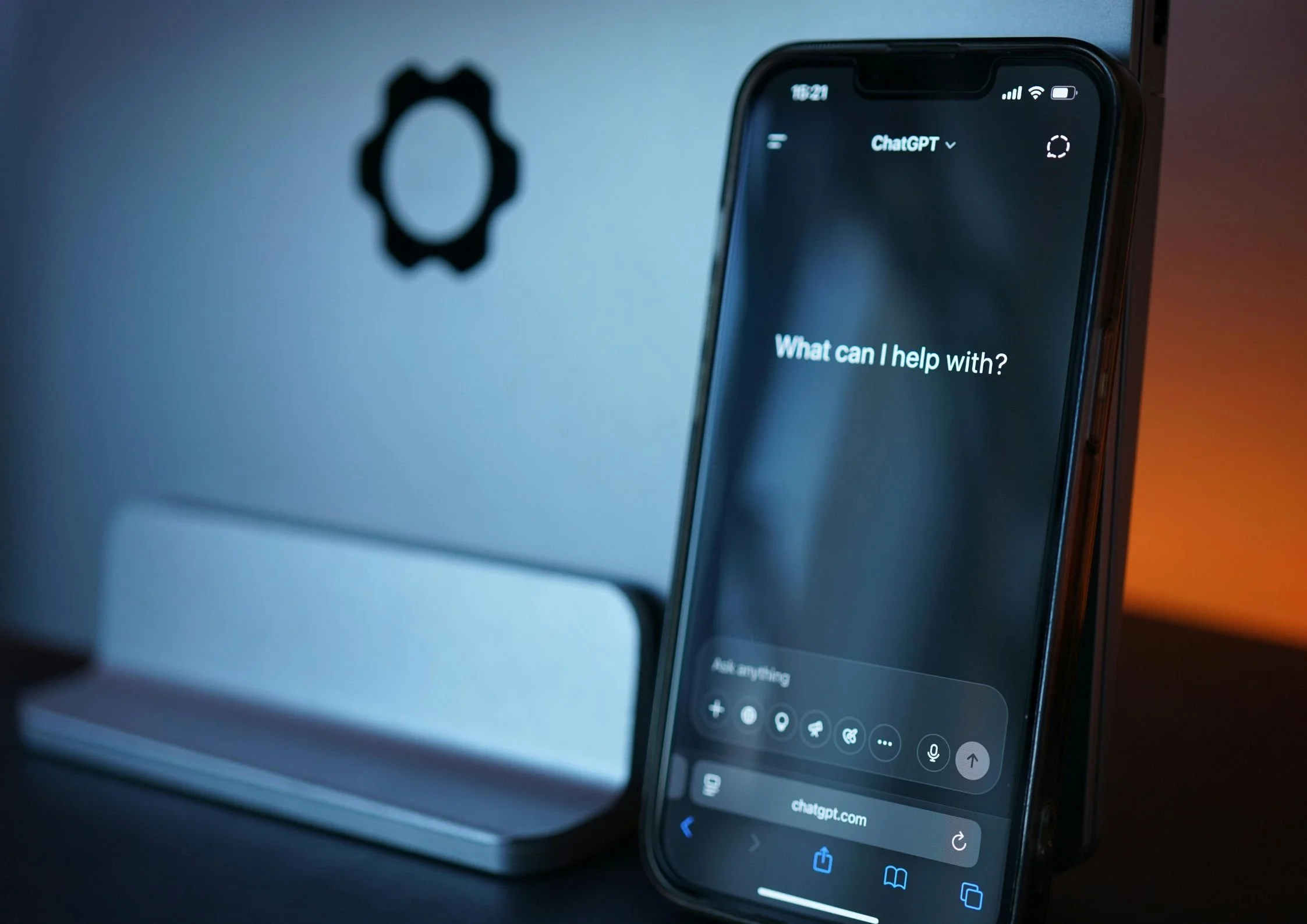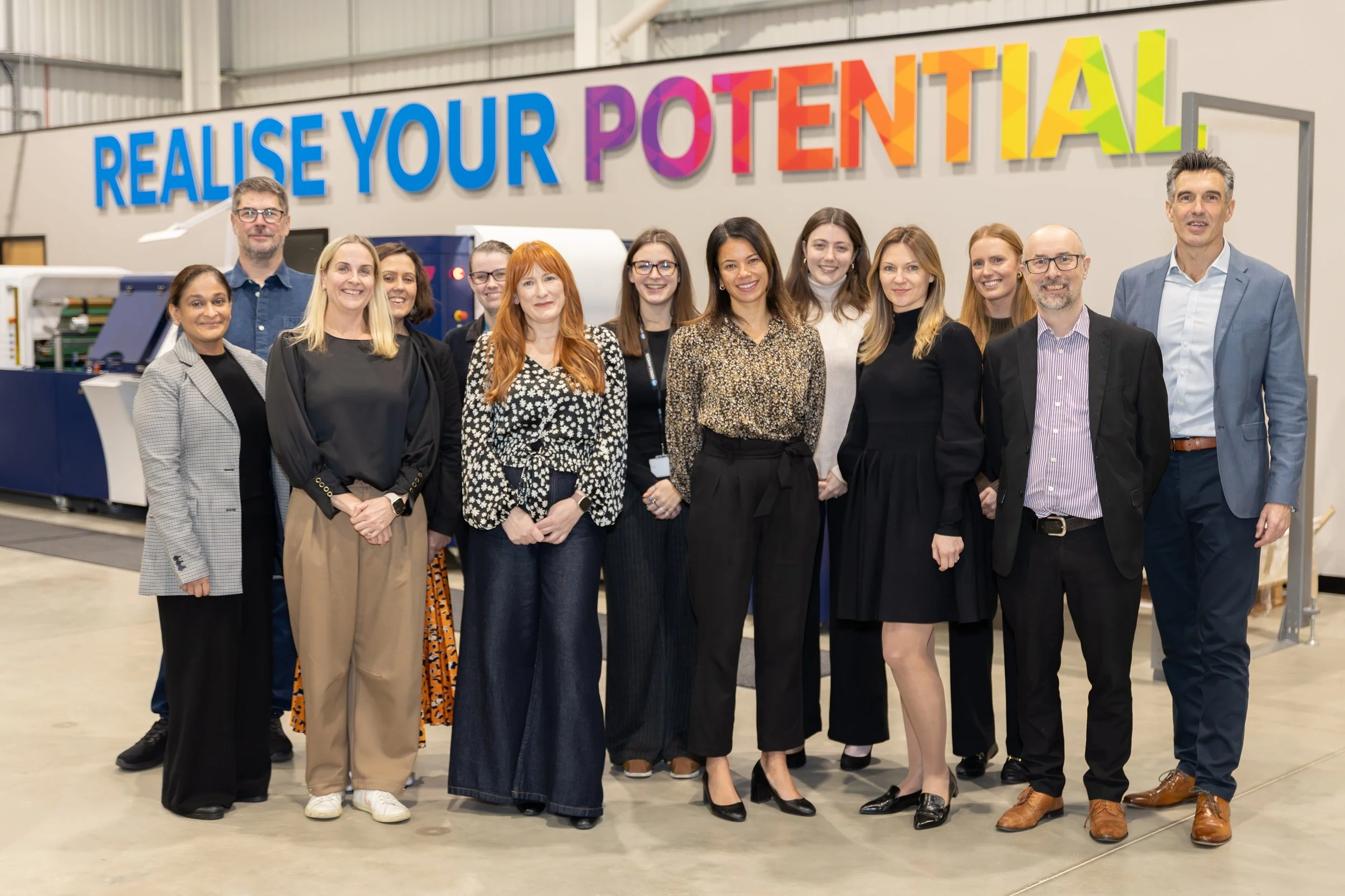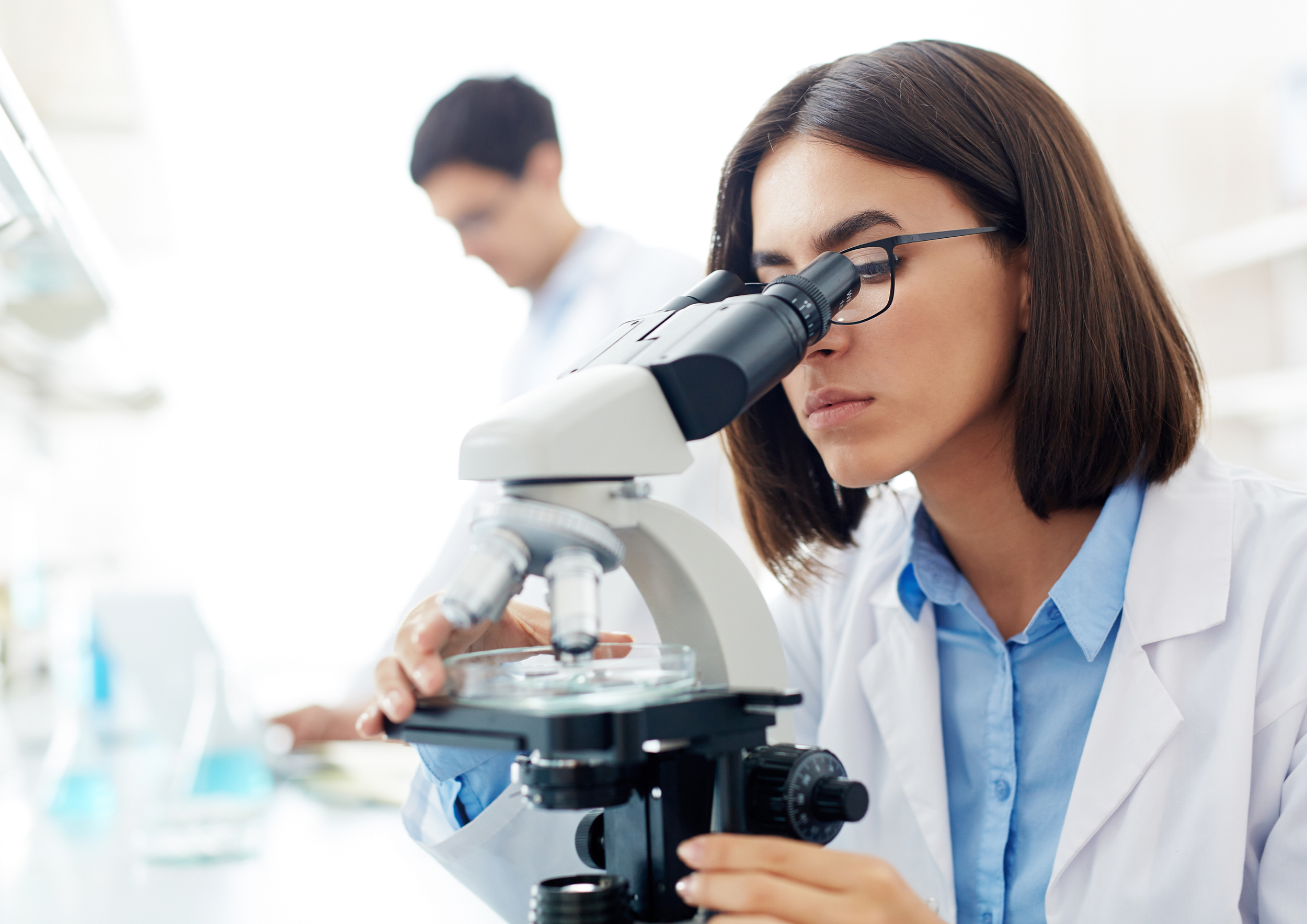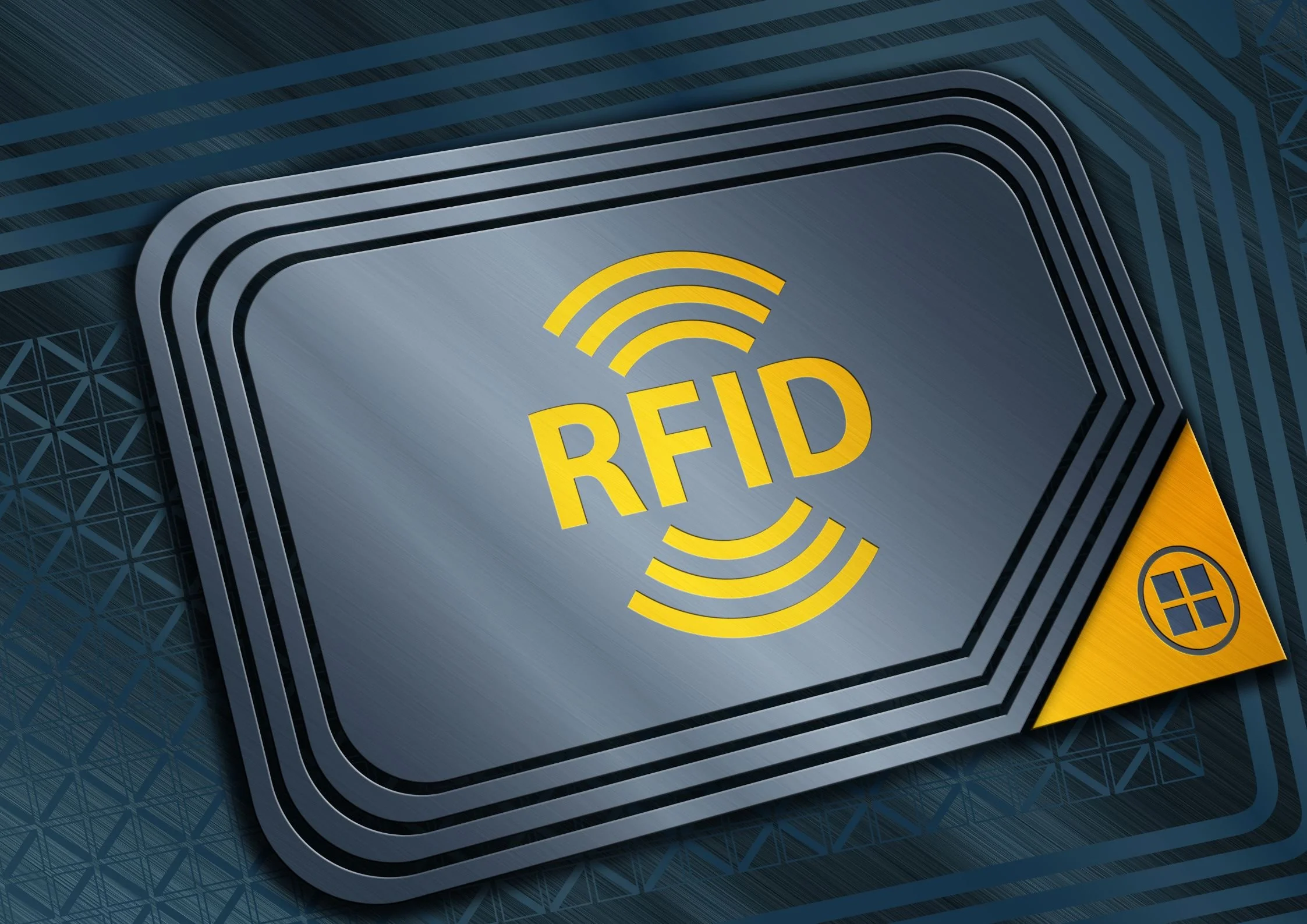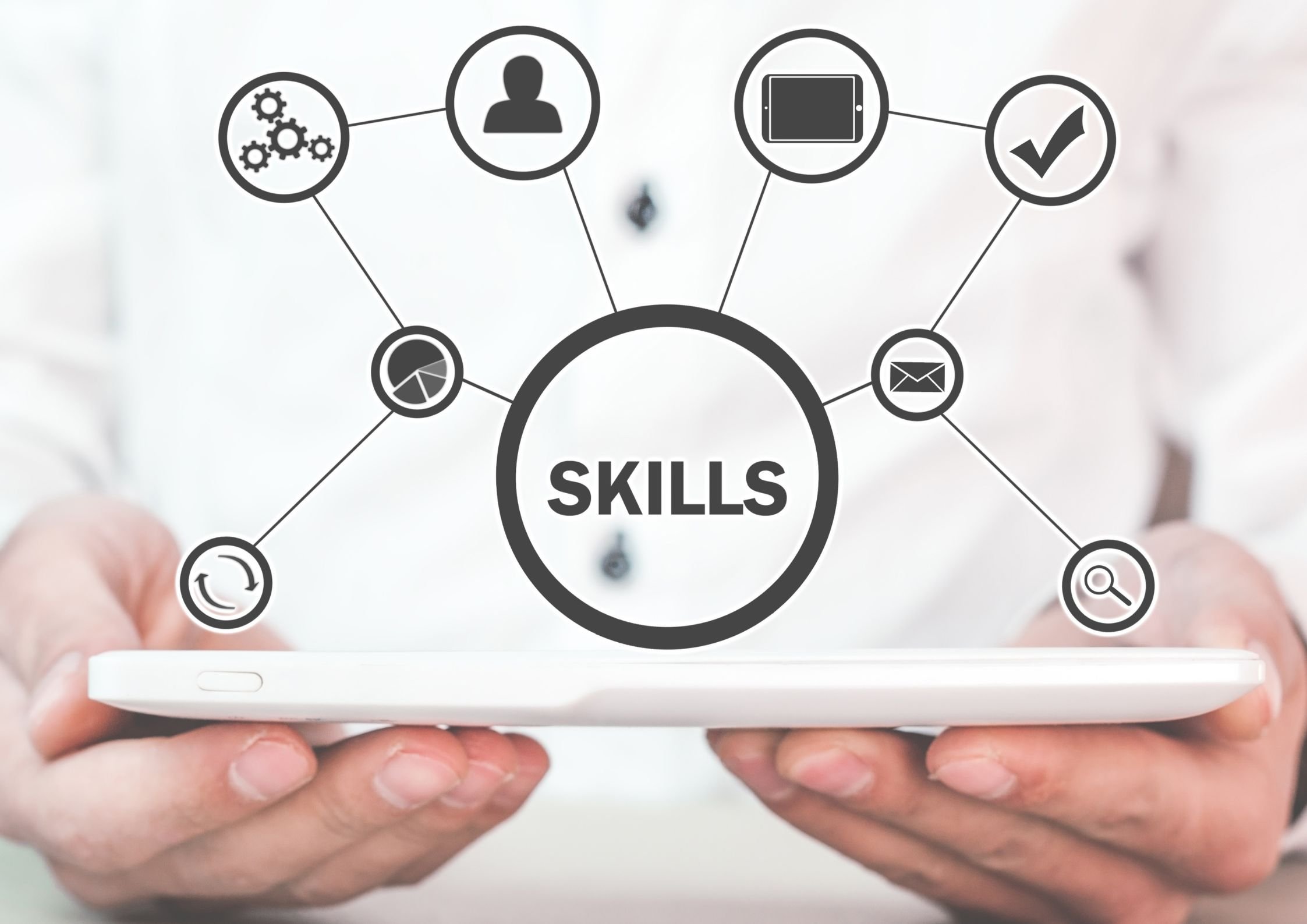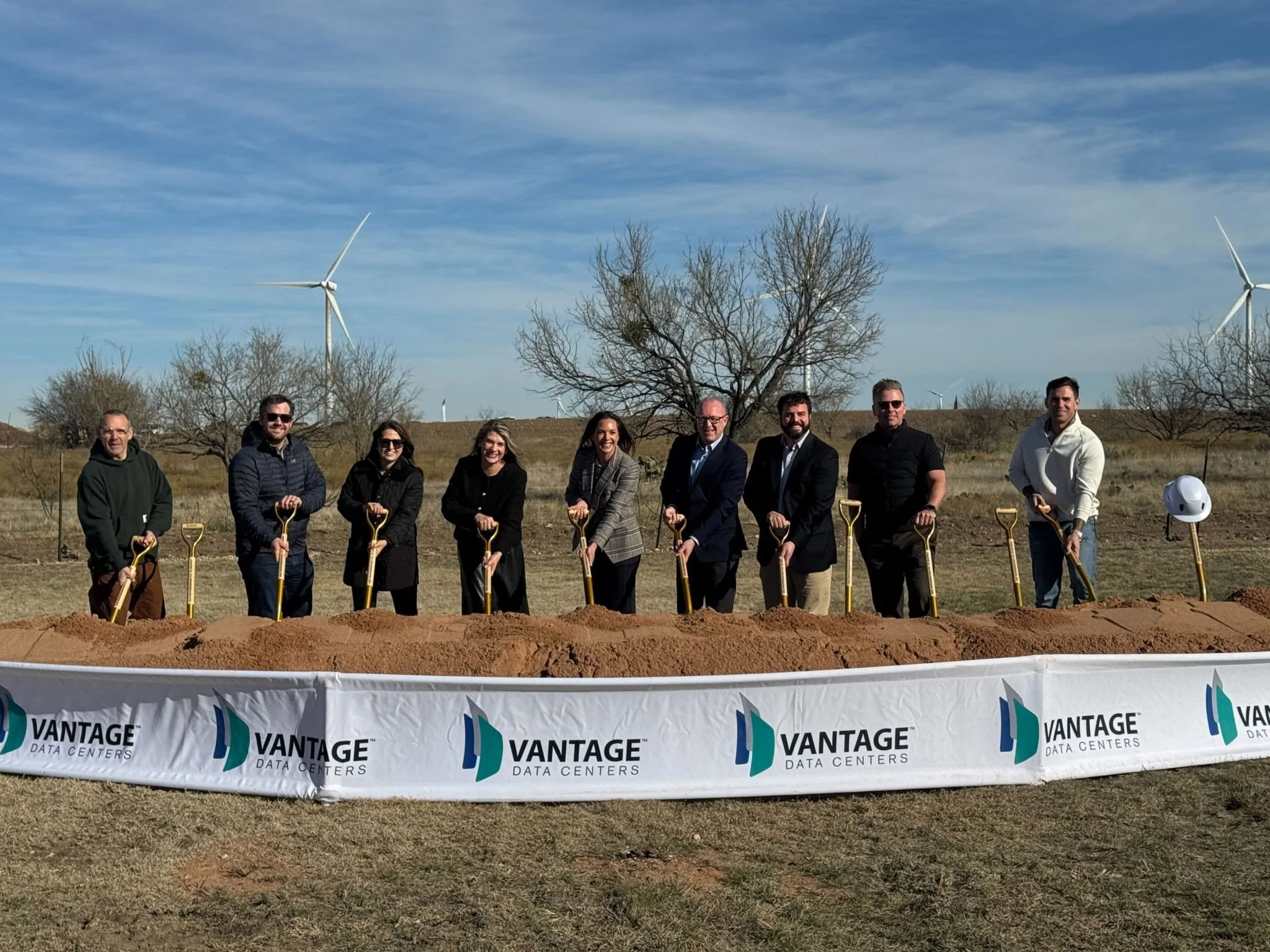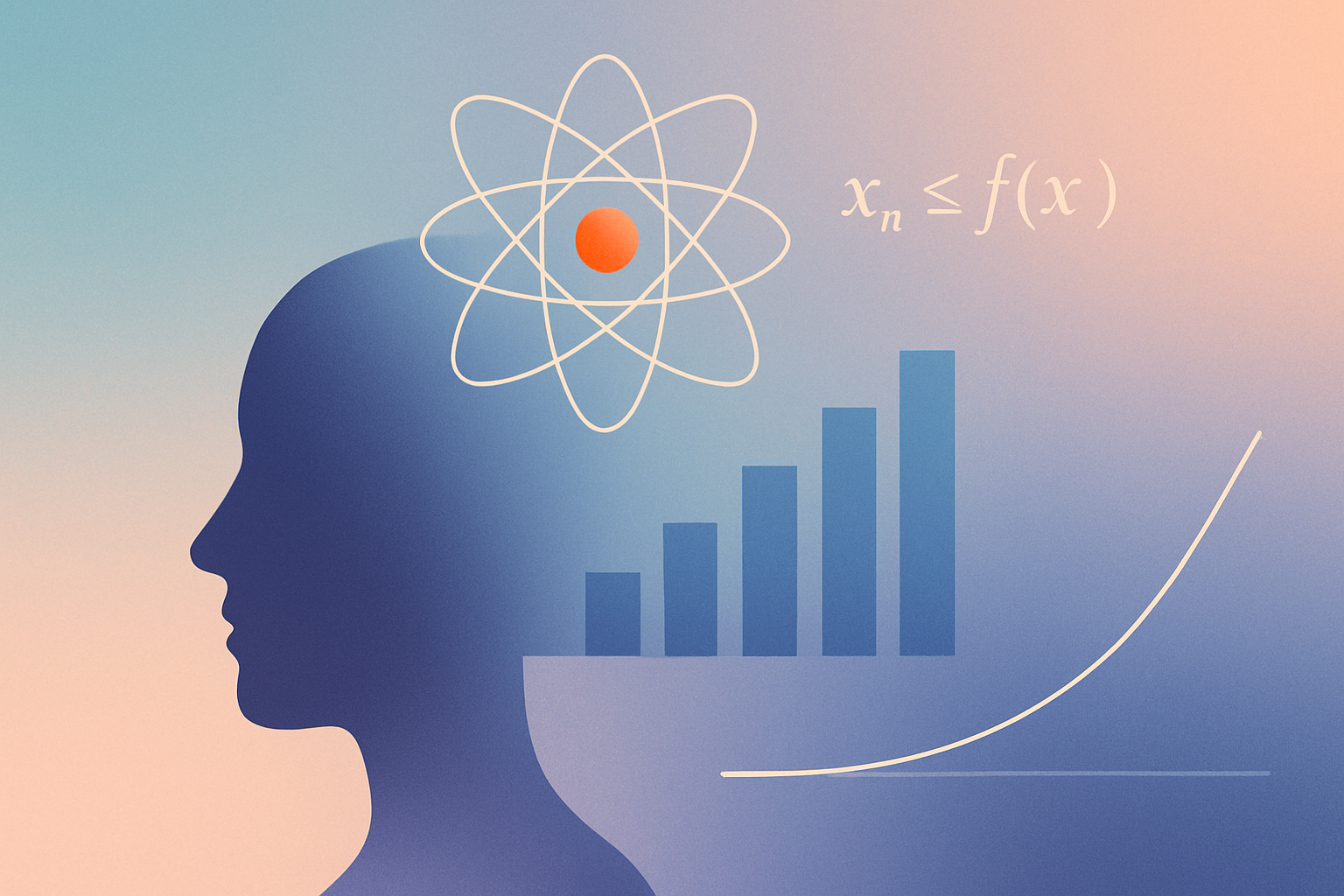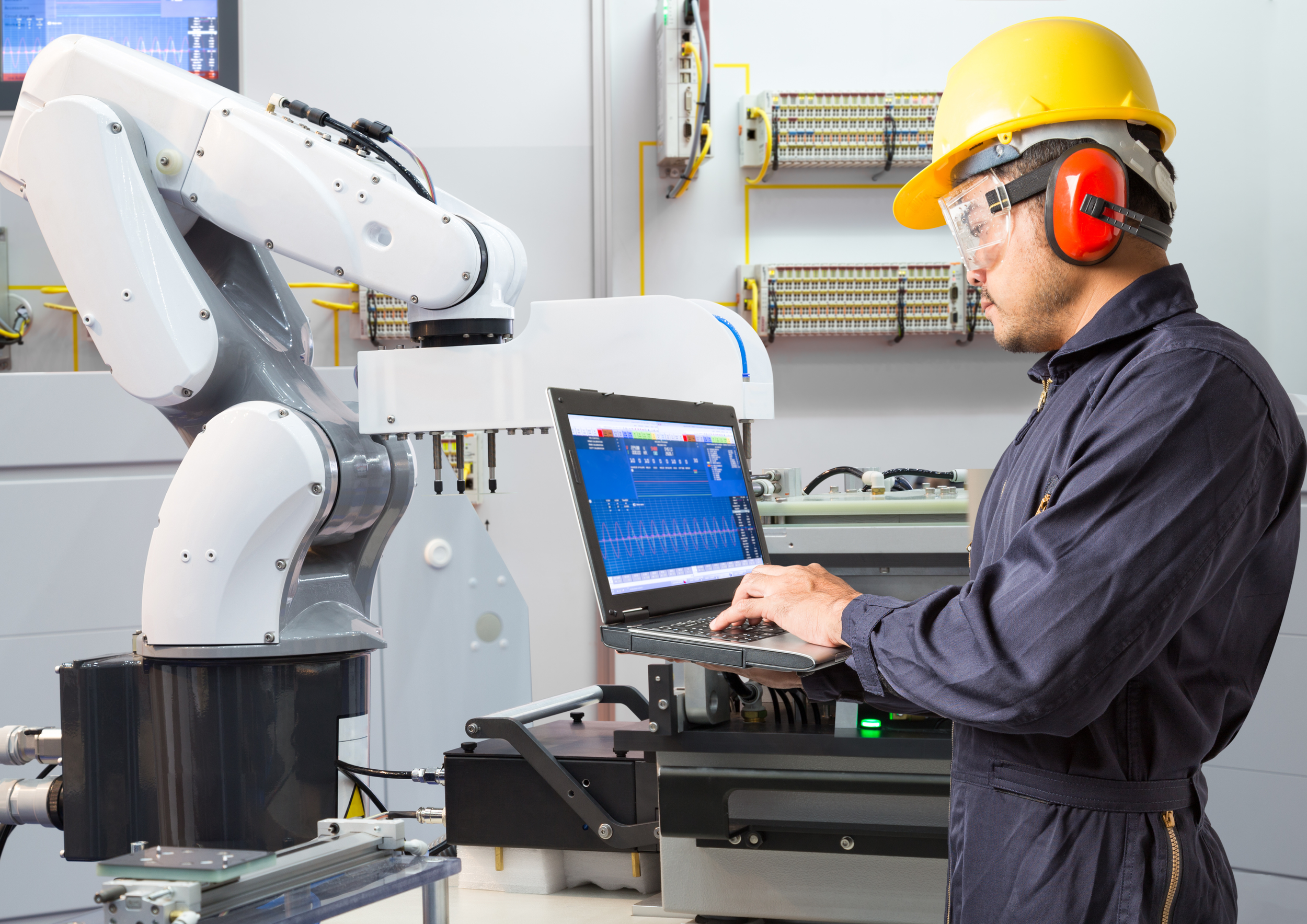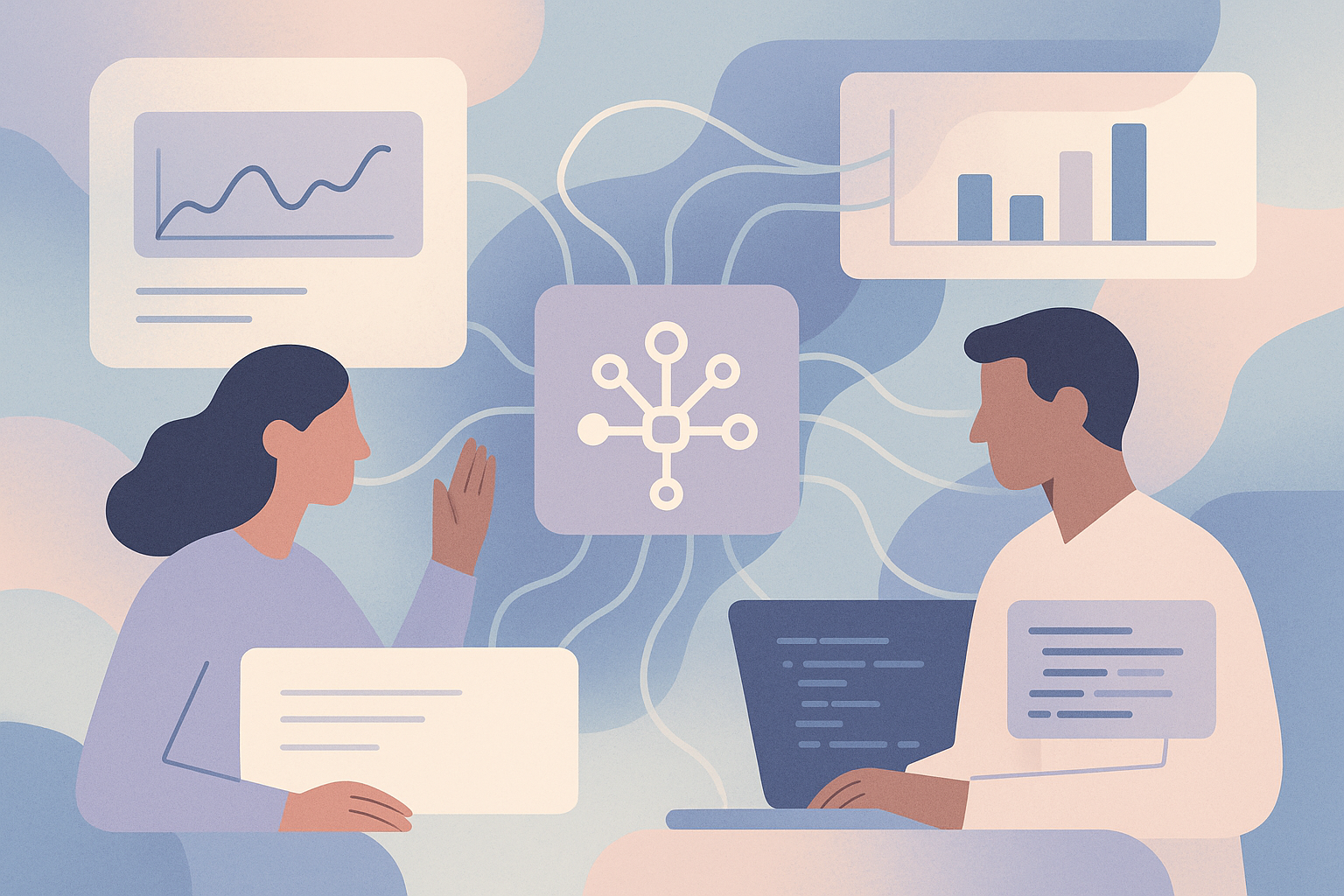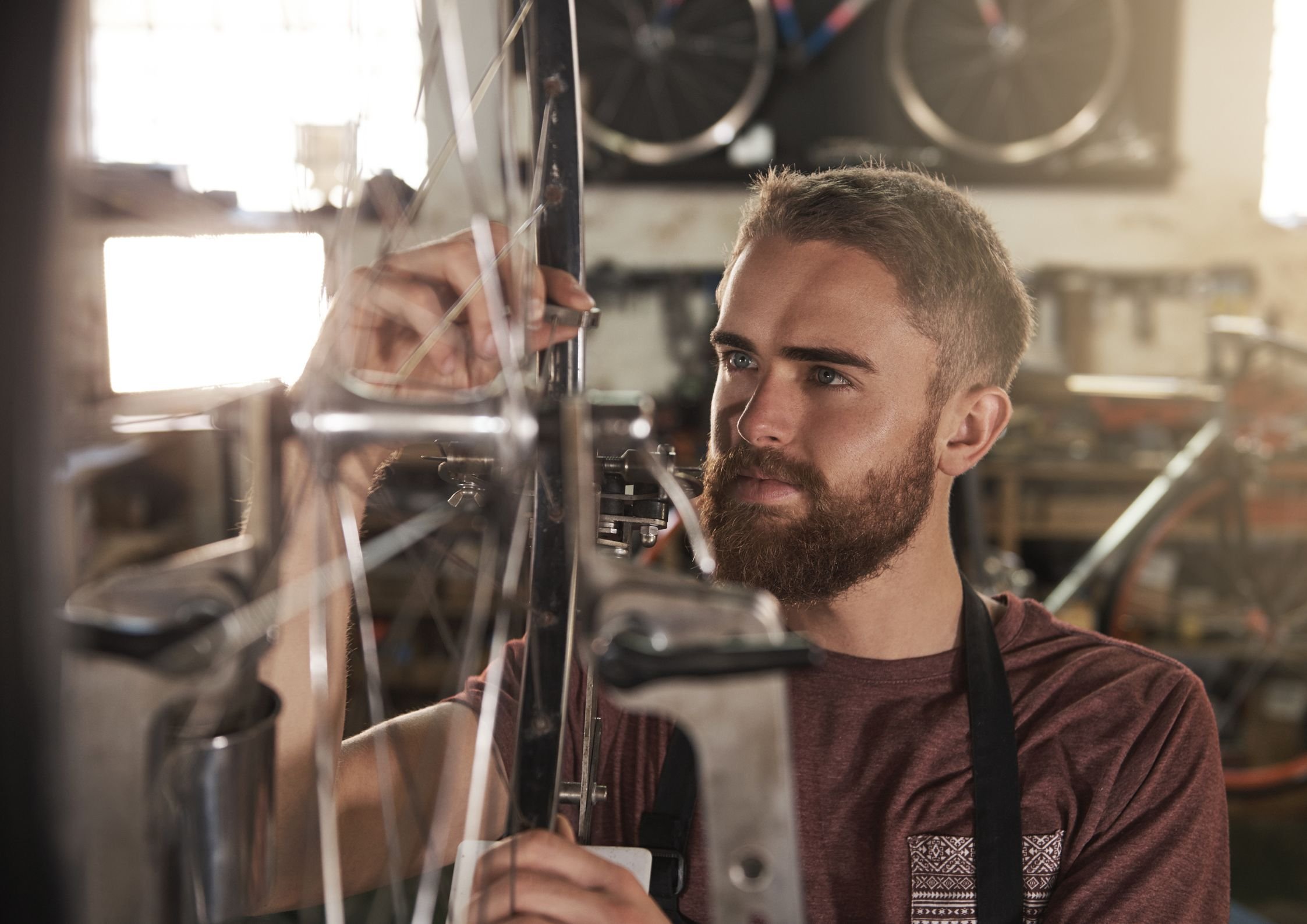University of Florida researchers use digital twin to boost strawberry farm AI development and cut tech costs
Simulated environment enables year-round training, testing, and improvement of AI tools for growers.
University of Florida researchers have developed a digital twin of a strawberry field that allows artificial intelligence models to train year-round on simulated crops, eliminating seasonal constraints, reducing fieldwork, and accelerating the deployment of automated agricultural tools.
The research, led by Dana Choi, assistant professor of agricultural and biological engineering at the UF Institute of Food and Agricultural Sciences (UF/IFAS) Gulf Coast Research and Education Center, focuses on supporting Florida’s $500 million strawberry industry. The approach could also benefit the $2 billion U.S. strawberry sector more broadly.
AI training without real-world data
Digital twins are virtual models of physical systems. In this case, the twin replicates every row, leaf, and berry in a simulated version of a commercial strawberry farm in Hillsborough County, Florida.
Using this digital field, researchers trained an AI-based robotic system to detect and measure strawberries using synthetic images only. The model reached 92 percent accuracy in fruit detection and was able to estimate fruit diameter within 1.2 millimeters—sufficient for commercial grading purposes.
“Because the computer-simulated field never goes out of season, new berry-spotting tools can be prototyped even in the summer—speeding innovation,” says Choi. “The findings also mean lower development costs. Companies can test robotic pickers or smart sprayer designs in the digital twin, first, ironing out bugs before real-life trials. That ultimately lowers the price of new technology.”
Faster, cheaper, and more scalable AI development
Ordinarily, training AI models requires collecting and labeling thousands of real-world images, a process that is both time-consuming and labor-intensive. Choi explains that this study proves synthetic data can bypass that bottleneck.
“Normally, we’d have to take thousands of photos in real fields, label each one and wait for the right season,” she says. “That takes a lot of time and money. But with a digital twin, we can create and label these photos instantly.”
According to the research, the system trained in the virtual environment performed well enough to be used for critical tasks such as yield prediction, harvest timing, and fruit classification—without any physical data collection.
The study highlights the role of digital twins in streamlining the prototyping and validation of autonomous agricultural machinery. Beyond research efficiency, the simulated environment also opens new possibilities for operator training, software testing, and system evaluation before equipment reaches the field.
“The study shows that a realistic digital twin can jump-start AI tool development for strawberry farms, enabling faster, more cost-effective robotics innovation,” says Choi.


